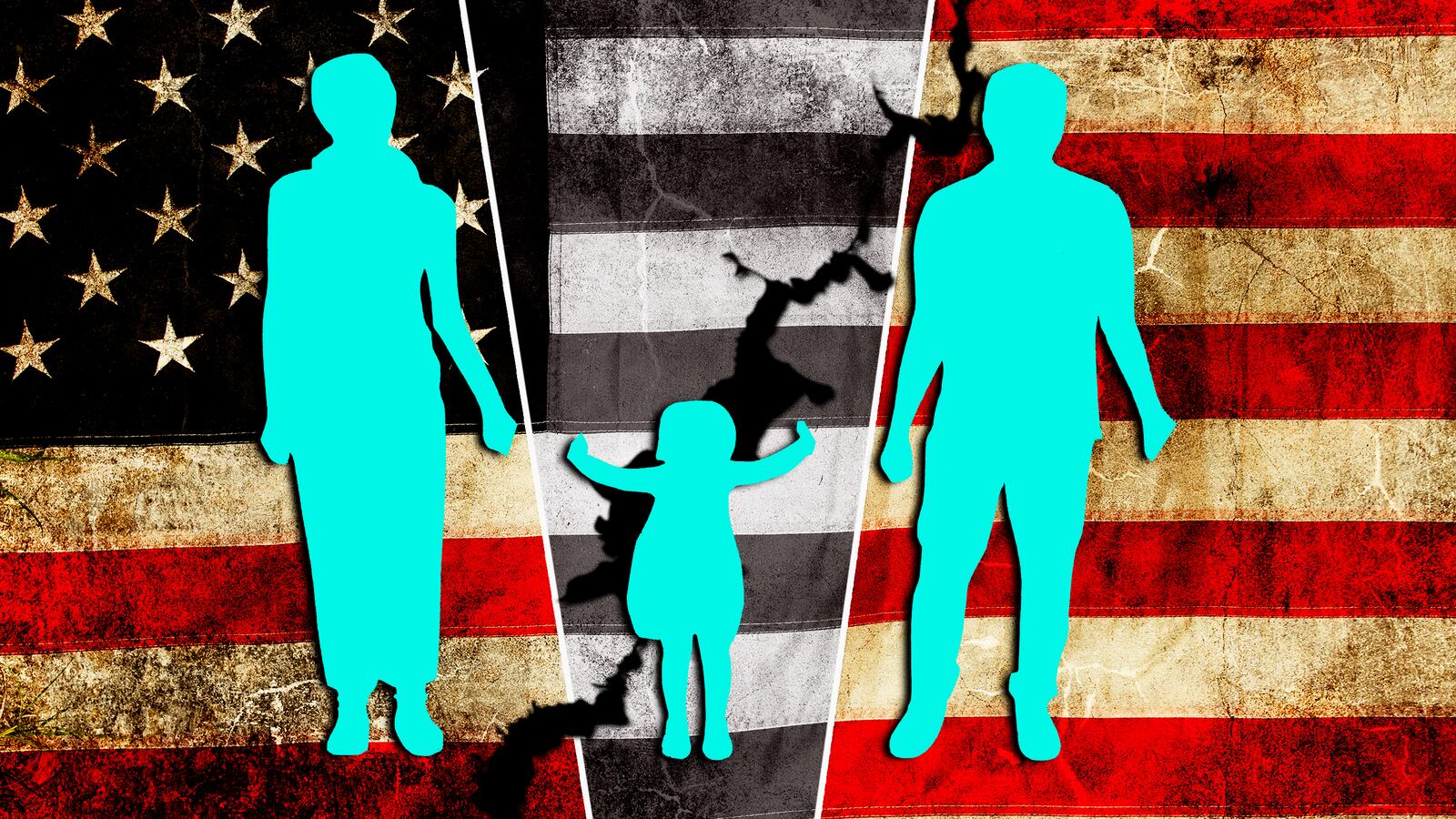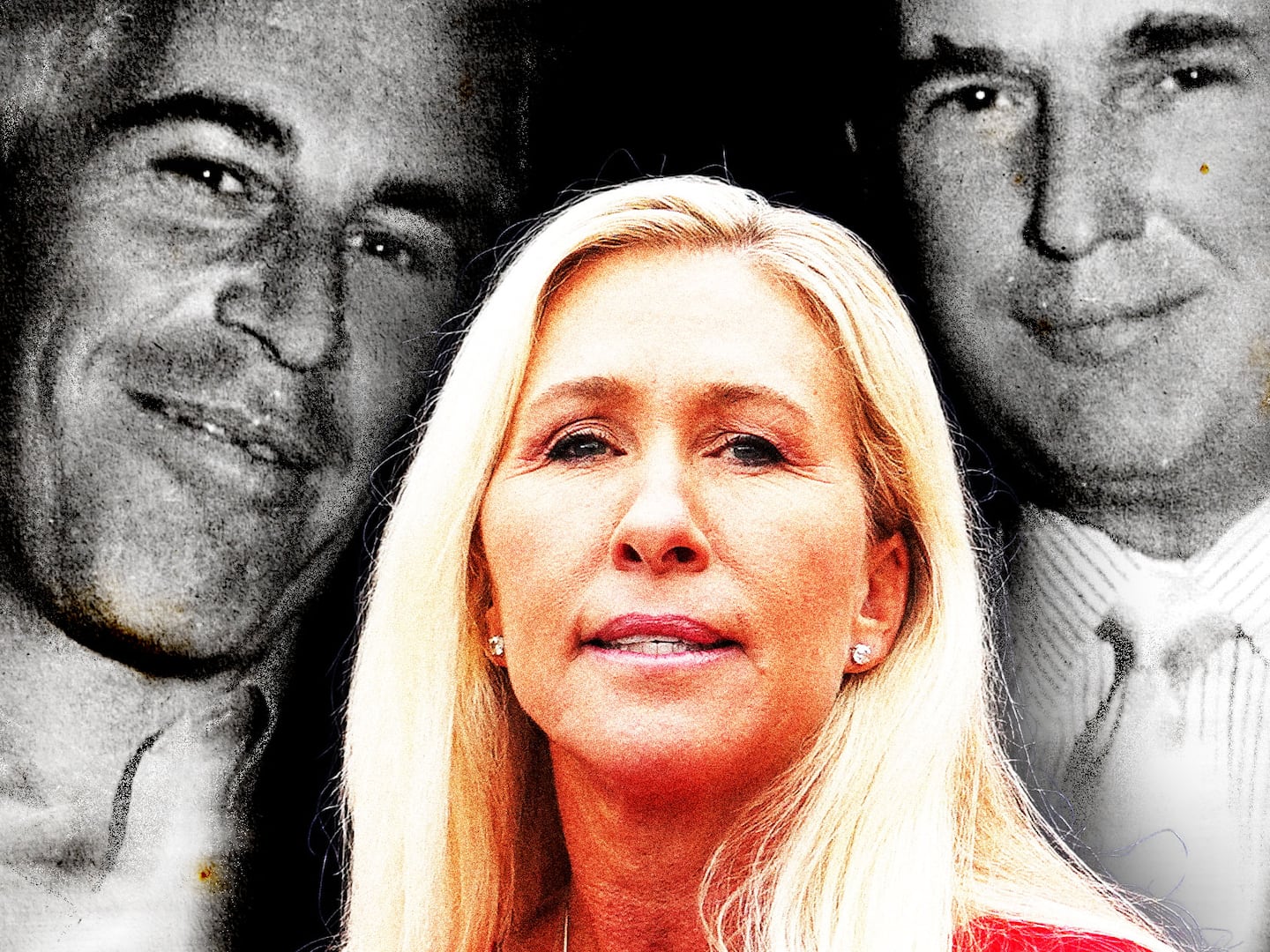This summer, many of us have been haunted by images of children in concentration camps. We have been reminded that the separation of children from their parents was a trademark of some of the most heinous political regimes in recent human history: Hitler, Stalin, and Franco are among the 20th century European dictators who forcibly separated families, used children as political hostages, or requisitioned children as spoils of war along with weapons, food, and other loot. It was largely thanks to these dictators that the separation of families came to be seen as a quintessential abuse of human rights, a source of psychological trauma, and a hallmark of totalitarianism after the Second World War.
After the collapse of the Nazi Empire, in particular, the image of “Lost Children”—hundreds of thousands of children separated from their parents by war and dictatorship—became symbolic of Europe’s physical, moral, and social collapse. International humanitarian workers linked the reunification of families to the reconstruction of democracy and European civilization. Not coincidentally, Article 16 of the 1948 Universal Declaration of Human Rights repudiated what was now seen as the totalitarian practice of family separation, declaring, “The family is the natural and fundamental group unit of society and is entitled to protection by society and the State,” while Article 12 protected families from “arbitrary interference.”
But in spite of talk of human rights, thousands of children remained “lost” for good. Many had been taken from their parents at such a young age that they had no idea who they were. Others had become attached to new foster parents. Eventually, Cold War politics trumped family reunification, as U.S. and British authorities became reluctant to send children back to family members on the wrong side of the Iron Curtain.
And then there were the children separated by U.S. immigration laws. Because before there was Hitler, Stalin, and Franco, there were the U.S. Immigration Acts of 1917, 1921, and 1924. All of these laws were passed in the throes of an anti-migrant backlash in the U.S. after the First World War, ending one of the largest mass migrations in human history. They all had the effect of separating families, and they remained in effect for 20 years after the Second World War.
These regulations built on prewar anti-migrant legislation and xenophobia. In 1917, an existing prohibition on Chinese migrants widened to exclude people from almost all of Asia and the Pacific. All immigrants over the age of 16 who failed to pass a literacy test were banned, along with “idiots; imbeciles; feeble-minded persons, epileptics, insane persons,” alcoholics, paupers, and vagrants.
The new U.S. laws sent shock waves around the world, generating deep anxiety even among legal migrants. This was in part because “the law” was inherently subject to the fickle interpretation of border officials. Who, exactly, was “likely to become a public charge,” or “feeble-minded”? The writer Joseph Roth imagined the fears of a typical Jewish migrant passing through Ellis Island: “The medical examination in the European port was bad enough. Now there is a still-more-rigorous one. And something turns out to be not quite right with your papers… Possible too that some vermin has got into the Jew’s shirt during the crossing… And so the Jew winds up in a kind of prison that goes by the name of ‘quarantine’ or some such. A high fence protects America from him. Through the bars of his prison, he sees the Statue of Liberty, and he doesn’t know whether it’s himself or Liberty that has been incarcerated.”
When it came to excluding the “unfit,” it did not matter if the migrant happened to be a child of a U.S. citizen, or the mother or father of an American child. In the offices of U.S. consuls in Eastern Europe, zealous officials used intelligence tests to weed out the “defective” wives and children of naturalized Americans. In 1927, for example, Esther Reisfeld requested visas for herself and her two daughters at the U.S. consulate in Warsaw. Her husband was an American citizen, living in the U.S. She was informed she would have to pass an I.Q. test first. After failing to answer questions such as “What is more necessary, the fly or the butterfly?” Esther was turned down on the grounds that she was “mentally defective.”
Those who survived screening abroad could still be turned away on arrival. One little girl who immigrated to live with her parents, U.S. citizens, was deemed “feeble-minded” at Ellis Island and slated for deportation. The child’s parents, who had other children in the U.S. and no one back home, were forced to make an abhorrent choice: They decided to bring the child back to Europe. Not long after, the girl died alone in an institution in Berlin.
The laws were particularly cruel to the disabled. But thousands more families were separated by the Immigration Act of 1924, which instituted “national” quotas and sharply discriminated against migrants from southern and eastern Europe. Becoming a U.S. citizen could expedite a family’s reunification, but the Naturalization Bureau simultaneously began to reject applicants for citizenship in the U.S. whose spouses or children were overseas. The result was what one social worker called a vicious Catch-22: “denying citizenship to men whose families are abroad and refusing visas to women abroad because their husbands in this country are not citizens.” As of 1927, an estimated 173,192 wives and children of U.S. citizens were on a waiting list for visas, according to the U.S. House Committee on Immigration and the Department of State. Many families were separated for years or simply fell apart.
The Second World War generated new concerns over family separation, but discriminatory laws were not immediately overturned.[ii] Even in the guise of humanitarianism, U.S. laws continued to separate families. Ruth-Karin D. and her mother, Jews from Berlin, had survived the war in an internment camp in Romania. The rest of the family was murdered by the Nazis. In 1951, Ruth-Karin, aged 13, was chosen to emigrate to the United States under the U.S. Displaced Persons Act of 1948. But her mother was excluded, probably because she was a widow in poor health. Ruth-Karin had to go alone. An organization called European-Jewish Children’s Aid would place her with American foster parents.
Mrs. D., however, was reluctant to relinquish her parental rights. Ruth-Karin was all she had left. Once her daughter was gone, she confided to their social worker, there would be nothing left to do but “poison herself.” The social worker counseled Mrs. D. to consider the matter “with a cool head.” By focusing on her fears of being alone, she advised, she was selfishly putting her own emotions ahead of her daughter’s best interests. Mrs. D. finally agreed to sign the release form and Ruth-Karin was free to travel to her new parents and life.[iii] Ruth-Karin was not ripped from the arms of her mother by border officials or interned in a Walmart upon arrival. But it was U.S. immigration authorities who separated this mother and child, not the guards of Nazi concentration camps.
The quota system based on “national origins” was finally dismantled in 1965, in favor of a system that favored family reunification. That 1965 law, along with the principle of family unity that has governed migration for the last 50 years, is now under attack, as a source of what Trump has called “horrible chain migration.” An estimated 1000 families have meanwhile been separated by Trump’s travel ban, recently upheld by the Supreme Court. Many of the children torn from their parents on our own borders may be permanently separated from their families. Efforts to reunite them have been frustrated by the fact that the children were scattered across the U.S. with no thought to how their ordeal might end.
Each of these “Lost Children,” like those of the Second World War, has suffered an individual tragedy. But they will also be remembered collectively, as symbols of a collapse: of an American society based on opportunity for newcomers, respect for the family, decency, and human rights. Through the “bars of his prison,” America is protected from the Lost Child of 2018. He cannot see the Statue of Liberty, and probably does not wonder “whether it’s himself or Liberty that has been incarcerated.” But we know the answer, and so does the rest of the world.






